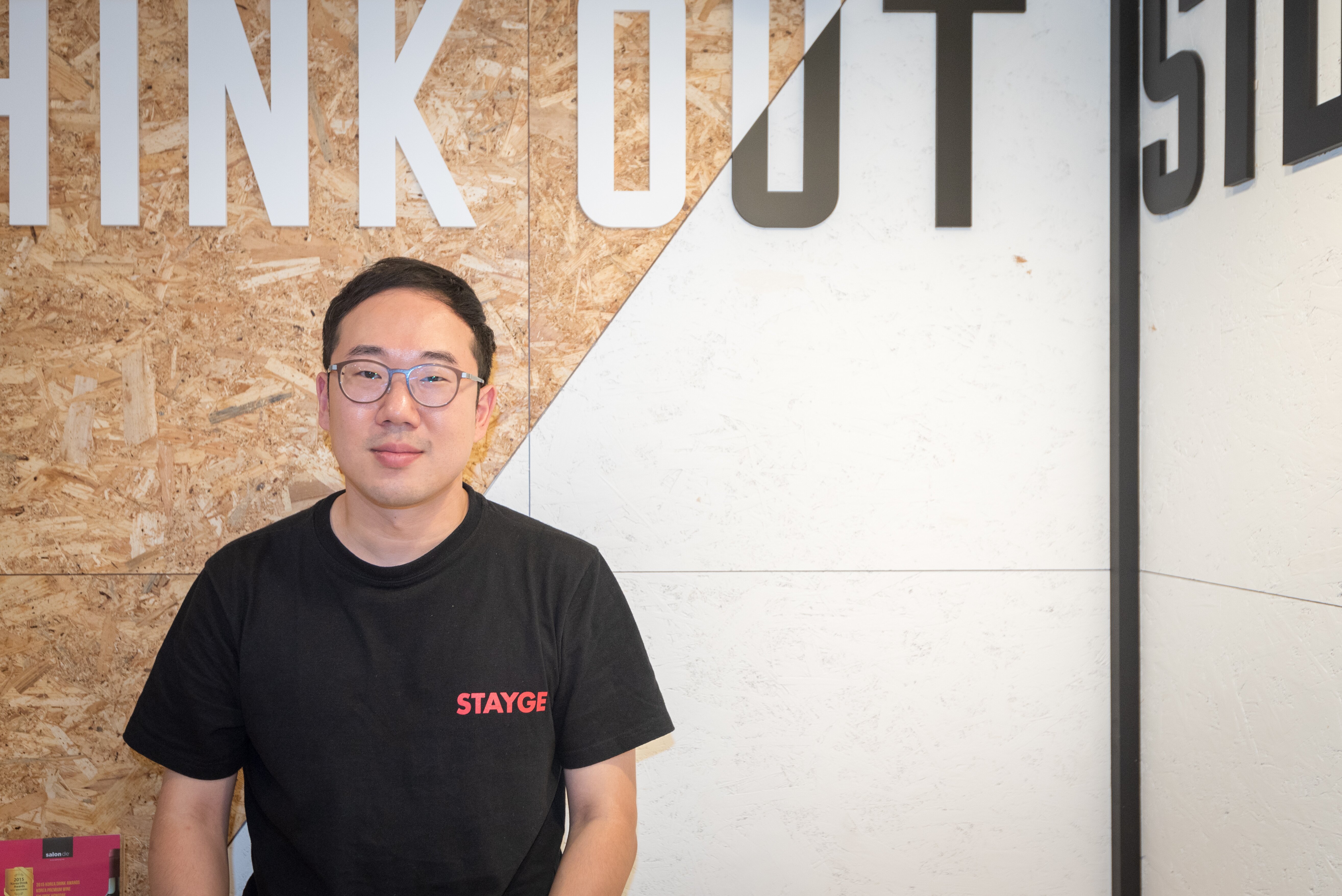When Michael Baeg co-founded STAYGE in 2016, he wasn’t trying to strike it rich. All he was trying to do is improve the lot of artists like his younger brother and fellow STAYGE co-founder, the rapper and producer NASSUN.
“When he started his music career, the situation of early stage artists was that they never got paid, never made money,” he says. “So I was worried about his future. I realized it was not his problem. It was the problem of the industry. So I started thinking about how technology or the Internet could make a better environment for artists and the entertainment industry.”
And that’s what STAYGE sets out to do. By incentivizing fan activity, by transforming fandom from intangible infrastructure into tangible value, the blockchain platform aims to help all the stakeholders in the entertainment industry, including artists, service providers and – perhaps most importantly – the fans themselves.
“In the existing ecosystem, fans are forced to be just consumers,” says Baeg. “We thought if we could reward them for their contributions, they would be more motivated, and this could be very helpful to artists and other service providers.”
Focusing on fans
STAYGE began two and a half years ago as a fan community and a free website service for traditionally technology-shy entertainment artists. Since earlier this year, however, Baeg and his team have been integrating ICON’s blockchain technology into the service to tokenize activity. He says, “The fundamental of the entertainment industry is fans, and we’re tokenizing fans’ influence through the fan community platform.”
STAYGE uses two kinds of tokens. The first is the ACT, or Community Activity Token, issued individually by each of STAYGE’s countless communities to reward fans for their activity. Fans can use the tokens to purchase albums, tickets, posters and other merchandise. As individual communities are responsible for their own governance and economic systems, ACT can be used only within the community that issues it.
The second is STG, or STAYGE Coin, the key currency of the ecosystem. Fans and artists can convert their ACT into STG, which they can save for business purposes or turn into fiat currency through coin exchanges, with which the token shall soon be listed. Baeg says, “When artists do business with other entities in the entertainment industry, they can pay with STG tokens that provide smart contract features, which can make a more transparent business environment.”
Currently, fan activity is measured in terms of inbound and outbound traffic. STAYGE will gradually expand the scope of fan influence, however, with the ultimate goal of including offline activities such as attending concerts and organizing fan meet ups.
Entertainment and IT: No easy mix
The biggest challenge was getting artists and tech professionals to play nice. Baeg says, “Artists and engineers never understand one another, so it was hard to mix the two industries because they cannot talk.”
This failure to communicate was one Baeg learned the hard way. Prior to founding STAYGE, he was a software engineer for a game company, led a media company’s online business development and worked for a San Francisco-based venture capital firm. At all of these places, he witnessed countless entertainment-oriented projects fail because artists and engineers hold diametrically opposed views of the world.
“Artists cannot see the platform,” says Baeg. “They only see the profit just in front of them. They cannot see the long-term view of the platform for their business. It is pretty hard to get them involved in a platform with just future value.”
Meanwhile, the IT professionals – and more to the point, their investors – had no clue how the entertainment industry worked. He says, “I saw so many failures through our venture capital experience, projects that focused on bringing artists first, bringing big names first, spending a lot of money for them and bringing in fans later. But it never works.”
When he founded STAYGE, Baeg took the opposite approach. “Our main strategy is bringing the fans first and then make the artists come into the platform,” he says. “I believe this approach is more scalable, more expandable. Artists always want fans, and if we have fans, artists will come to the platform on their own.”
Try telling that to the money men, though. “Everyone in the IT industry, investors, they constantly told me that you have to bring in big names to your platform to start your business. I never agreed with them, however, so I couldn’t get investment.”
Benefiting all by cutting out the intermediaries
Incentivizing fans saves artists a lot money. “Artists are spending a lot of money to get more fans, to access more fans,” says Baeg. “For example, they have to spend money on Facebook to get more people on their page and they also have to spend money again to distribute their content better on their fan page.”
“It’s not sustainable. To make money, artist must gather fans. And to gather fans, they need fan marketing. But there was no sustainable and expandable fan marketing in the industry. So by incentivizing fans, they can have sustainable fan marketing.”
The integration of blockchain technology makes greater collaboration possible, too. “To build a blockchain platform for the entire entertainment industry, we have to bring more and more partners into our platform,” he says. “But if we build a centralized platform, nobody will believe that we are making a platform for everyone.”
“Facebook built a great platform, but nobody now believes they are making a platform for everyone. They are doing that for their own profit, for their shareholders, not for the owner of the Facebook page.”
Global partnerships
Though STAYGE adopts a fan-focused approach, they did bring in a couple of names as seed artists. One particularly good get was the NASSUN-produced co-ed K-pop group KARD, rising stars on the global K-pop scene with an especially strong following in the Americas. The platform currently hosts about 150 official artists.
STAYGE hopes to top 1 million users by the end of the year. This, it plans to do through partnerships with other content platforms around the world in need of communities. STAYGE now provides gaming communities for KAYBO.COM, a Latin American content platform with 18 million users. It also just launched on KAYBO a new section called “K Wave,” a community on Korean culture and music.
“Our service is not just a small part of their service. It’s integrated into their platform. We are exposed, technically, to their entire user base,” says Baeg. “So we believe this kind of approach can bring us many users in a short time. And we are making this kind of partnership in other regions.”
The STAYGE team recently met with Jeju governor Won Hee-ryong to discuss the latter’s ambition to turn the island province into a blockchain hub. Baeg was impressed. “I thought he’d be just another politician, but he understood a lot of things about blockchain and blockchain ecosystem, so he knew what he’d have to do and what the industry needs.”
Indeed, STAYGE may be relocating to Korea’s island paradise once the right policies are in place. “We are a Korean company, so there’s no reason to go outside of Korea to make a paper company. That’s weird,” he says. “So if there is good infrastructure to do a blockchain business in Korea, it’s great. And Jeju has a unique feature – Chinese people can visit without a visa. It’s a top location for tourism and hosts a lot of music festivals, too. I have to expand from offline to online, and Jeju would be a perfect place.”





